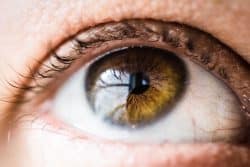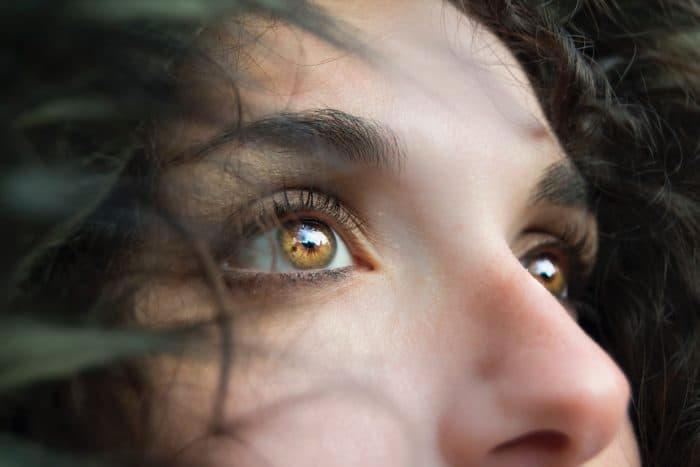Cataracts are the the most common cause of vision loss in people over age 40. In fact, it effects 22 million Americans in that age range currently. According to Prevent Blindness America (PBA), there are more cases of cataracts worldwide than there are of glaucoma, macular degeneration and diabetic retinopathy combined. Therefore it is important to understand the signs and symptoms of cataracts so that you may seek medical help.
What Are Cataracts?
A cataract is a clouding of the eye’s natural lens. When first forming on the lens the cataract has little impact on vision. As the cataract progresses however, a patient may notice blurriness. A cataract may make light from the sun or a lamp seem too bright or glaring. Colors may not appear as bright as they once did.

What causes cataracts?
No one knows for sure why the proteins in the eye clump together to form cataracts but there are factors that researchers have identified as risk factors that can cause cataracts.
- Ultraviolet radiation from sunlight and other sources
- Diabetes
- Hypertension
- Obesity
- Smoking
- Prolonged use of corticosteroid medications
- Statin medicines used to reduce cholesterol
- Previous eye injury or inflammation
- Previous eye surgery
- Hormone replacement therapy
- Significant alcohol consumption
- High myopia
- Family history

What are the treatments for cataracts?
When symptoms begin to appear, you may be able to improve your vision for a while using new glasses, strong bifocals, magnification, appropriate lighting or other visual aids. Cataracts surgery is also very successful once the cataract has progressed enough to impair vision. More than 3 million Americans undergo cataract surgery each year, according to PBA. Nine out of 10 people who have cataract surgery regain very good vision, somewhere between 20/20 and 20/40.

